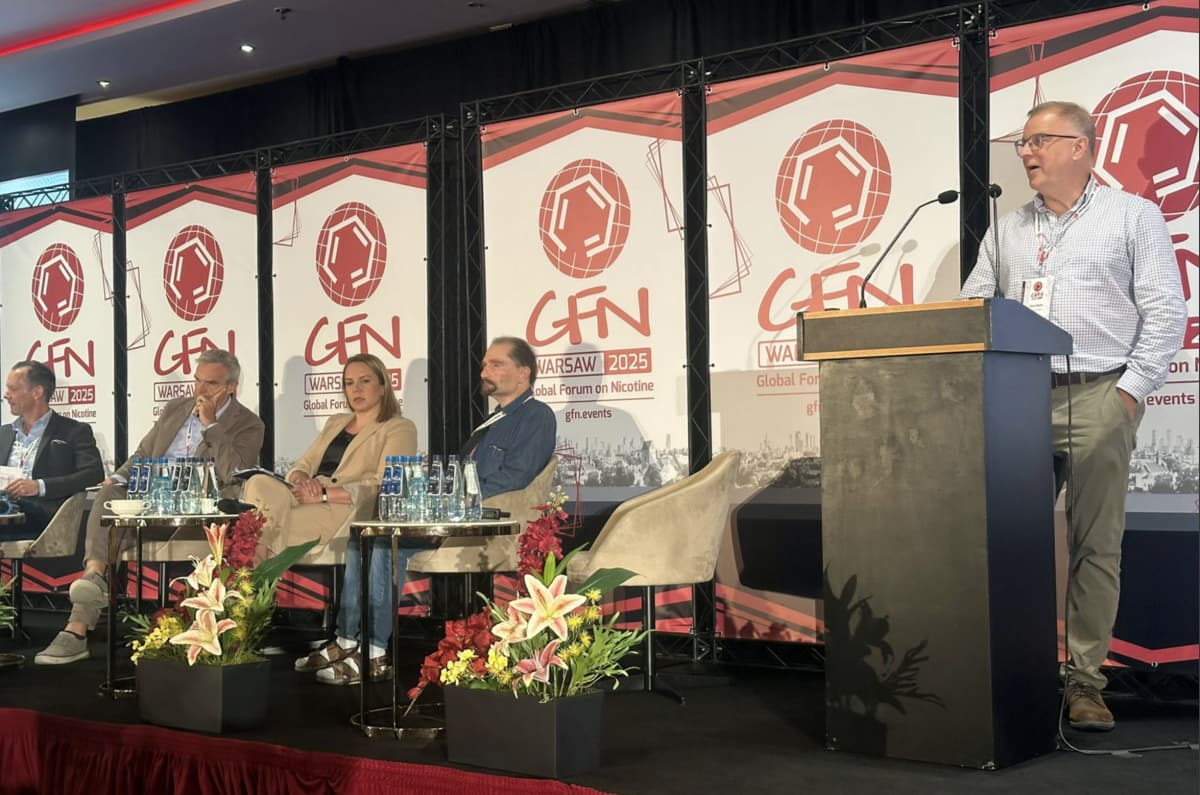In the current public health discourse, misinformation surrounding nicotine and vape products is rampant. This spread of inaccurate data and widespread misconceptions severely hinders the progress of global Tobacco Harm Reduction (THR) efforts, undermining annual initiatives aimed at reducing millions of smoking-related premature deaths. At SP2S, we firmly believe that accurate, scientifically backed information is crucial for adult smokers to make informed health choices.
We must clarify one point: the primary harm from cigarettes comes from "combustion." Traditional cigarettes, when burned, produce tar, carbon monoxide, and thousands of other known harmful or potentially harmful chemicals. Nicotine itself, while addictive, is not the main cause of smoking-related diseases. Recognizing this is key to understanding the scientific foundation of tobacco harm reduction.
The Wide Discrepancy Between Public and Expert Perceptions of Vaping
Alarmingly, the misunderstanding of nicotine alternative products is not an isolated phenomenon. Recent surveys paint a disturbing picture: for instance, a 2022 Canadian study revealed that most individuals aged 15 and above perceived the health risks of e-cigarettes as "about the same" as traditional cigarettes, or were "unsure." This stands in stark contrast to the widespread expert consensus that vaping is significantly less harmful than traditional cigarettes.
This misunderstanding even extends to healthcare professionals. A 2021 survey of 1,000 U.S. physicians found that over 83% mistakenly believed nicotine causes cardiovascular disease, and 80.5% incorrectly believed nicotine causes cancer. These figures undoubtedly highlight a severe crisis in current health communication, emphasizing the urgent need for clear, evidence-based guidance.

In-Depth Analysis: How Do Misconceptions Take Root?
Why do these misconceptions become so deeply ingrained? The issue is multifaceted, stemming from various influential factors
Media Reporting Bias and Skewed Presentation
As veteran tobacco policy journalist Jacob Grier observes, the news industry thrives on novelty. The grim reality of millions dying prematurely from smoking is no longer "news." However, even a few vaping-related illnesses linked to illicit, adulterated substances (such as during the 2019 EVALI crisis in the U.S.) can trigger months of sensationalized media coverage. This significantly shapes public perception negatively towards the entire e-cigarette category. This disproportionate reporting can obscure the potential public health benefits of vaping, leading to public misinterpretations of the true harms of vapes.
Human Psychological Tendencies and Risk Perception
From a psychological perspective, Konstantinos Farsalinos, a researcher at the University of Patras in Greece, explains that the human brain's primary function is self-preservation. Negative narratives, especially those hinting at danger, are more readily absorbed and stubbornly persist in memory. This cognitive bias means that positive, nuanced information about nicotine products must work significantly harder to gain traction and overcome pre-existing fears. This contributes to the escalation of nicotine misconceptions.
Institutional Misguidance and Policy Rigidity
Perhaps most concerning is the deliberate dissemination of misleading information by some influential organizations. Riccardo Polosa, a medical expert from the University of Catania in Italy, critically notes that certain bodies selectively quote and distort evidence. Their explicit goal, he argues, is to construct a "pseudo-scientific system" that exclusively supports a "complete abstinence" narrative. Polosa warns that this approach has severe consequences, impacting millions of smokers who could otherwise transition to safer forms of nicotine. In a clinical context, such behavior might even be considered malpractice.
Trust Deficit and Policy Dilemmas: The Challenges for Tobacco Harm Reduction
Long-standing widespread distrust of the nicotine industry further exacerbates the difficulty of disseminating accurate information. For example, many scientific journals are reluctant to publish papers authored by industry-affiliated researchers, and some academics holding views consistent with industry findings face undue criticism. Jessica Harding, director of the Global Nicotine Forum, notes that the "toxicity" of current discussions deters some experts from speaking publicly. They fear reputational damage simply for discussing products associated with an industry that historically engaged in misconduct.
This deep-rooted distrust is even codified in the implementation guidelines for Article 5.3 of the World Health Organization Framework Convention on Tobacco Control (FCTC), which aims to prevent tobacco industry interference in policy-making. Its foundational principle states: "There is a fundamental and irreconcilable conflict between the tobacco industry’s interests and public health policy." Ironically, this rigid stance obstructs the implementation of a core FCTC strategy: Tobacco Harm Reduction (THR).
Furthermore, some tobacco control advocates view THR as an existential threat to their organizations. As figures like Clive Bates, director of Counterfactual, point out, if modern nicotine products can deliver nicotine without combustion, the primary mission of tobacco control (reducing smoking-related diseases) is effectively accomplished, albeit partly through industry innovation rather than solely by regulatory intervention. To maintain their influence, some advocates may then shift their focus from "disease reduction" to the more extreme goal of "nicotine elimination," or even the complete eradication of the entire industry. This stance contributes to the confusion between vaping vs. cigarette harms, complicating discussions around smoking cessation alternatives.

SP2S Champions Science, Empowers Informed Choice
In the face of these challenges, we firmly believe that education is the most powerful tool to dismantle misinformation. We advocate for comprehensive training for healthcare professionals on safer nicotine products, enabling them to offer a broader spectrum of choices to adult smokers. As Australian general practitioner Carolyn Beaumont emphasizes, this simply gives smokers more options, acknowledging that many do not wish to completely abandon nicotine and are tired of feeling judged or lectured by their doctors.
We firmly believe that adults have the right to make their own informed decisions. For those who choose to use nicotine, they should not be denied access to it in its safest available forms.
At SP2S, we are committed to:
• Disseminating Fact-Based, Accurate Information: We continuously share credible research findings and expert insights to help you understand the true risks and benefits of various nicotine products. Our goal is to empower you with knowledge and provide insight into the truth about vape harms.
• Promoting Transparency and Constructive Dialogue: We encourage open, rational discussions to bridge misunderstandings and overcome existing biases.
• Providing Superior Alternatives: SP2S is dedicated to the continuous research and development of significantly less harmful nicotine products. Our innovation supports adult smokers in transitioning towards healthier lifestyles, fully aligning with the principles of Tobacco Harm Reduction.
Learn more about SP2S products; Read more about tobacco harm reduction on our blog.

Special Statement: SP2S is always committed to protecting the health of minors. We firmly support and strictly adhere to regulations and measures preventing minors from accessing and using any nicotine products. The tobacco harm reduction strategies discussed in this article are intended solely for adult smokers who are unable or unwilling to quit tobacco.
We invite you to join us in debunking myths and embracing harm reduction. Through accurate information and responsible choices, we can collectively drive positive change in global public health.




Leave A Comment
Your email address will not be published.